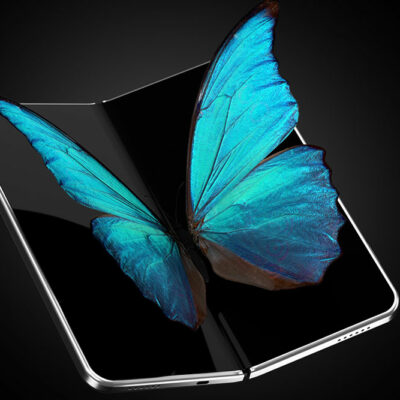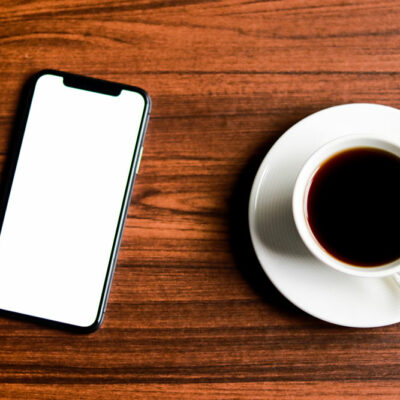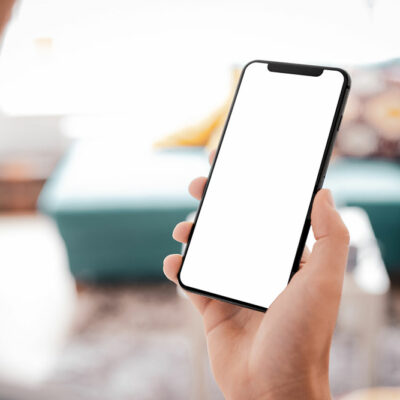
6 common packaging mistakes to avoid
Proper packaging of goods or items is crucial for any industry to protect its product and enhance its presentation. Well-designed packaging safeguards items and contributes to a positive consumer experience. It serves as an important marketing tool and influences future purchasing decisions. However, inevitable common packaging mistakes can hinder these objectives and must be avoided to maintain the quality and appeal of packaged goods.
1. Using the wrong type of packaging
Selecting the appropriate packaging is crucial as it significantly impacts a product’s perceived value and its unboxing experience. Plus, using the wrong type of packaging may severely damage any items. So, it is equally important to select the correct type of packaging based on the type of product. The style of packaging should strike a balance between aesthetics and functionality.
There are various packaging options available that are tailored to specific products.
- Resealable industrial bags
These bags come with a zipper and are ideal for the food industry, personal care products, and cosmetics. - Paperboard boxes
Lightweight and sturdy, paperboard boxes can be easily customized to create different shapes. They are suitable for packaging cosmetics and frozen foods, among other products. - Foil-sealed bags
Commonly used in coffee and tea packaging, foil-sealed bags preserve product density, maintain flavor, protect against bacteria, and extend shelf life. - Bulk container bags
Made from a strong fabric, these industrial containers pack various products such as chemicals, fertilizers, fiberglass, food products, and grains. - Custom jars, boxes, or bags
Specially designed for individual businesses, custom packaging is a primary choice for branding or branded product packaging that directly reaches consumers. Finding a reliable custom packaging supplier is crucial for streamlining such businesses.
While these examples highlight the significance of choosing the right packaging, numerous other options cater to diverse products and industries.
2. Wasteful packaging
Another mistake businesses must avoid when planning their products’ packaging is using excessive packaging materials. Doing this misuses resources, money, and time, and negatively impacts brand reputation. In today’s world, people are becoming increasingly aware of the environment and the need to conserve resources. Therefore, excessive packaging materials can harm a brand’s image. To portray a brand as considerate and reliable, every packaging component should serve a functional or aesthetic purpose. This can help consumers to connect with the brand positively.
3. Improper sizing
When designing the packaging for a product, it is crucial to ensure that the package is of an appropriate size, neither too big nor too small. Few brands may use large boxes to protect a fragile item, making it vulnerable to damage. This is when accurate box measurements serve three purposes – safeguarding the product, fostering a positive customer experience, and minimizing waste. Optimal sizing provides the tightest fit, offering maximum protection, as the snug fit reduces the likelihood of damage during transportation.
Moreover, using oversized packaging can lead to a false perception of product size, which can negatively impact customer experience and increase the waste of resources. Precise sizing not only reduces waste but also enhances the overall customer experience.
4. Making the package unnecessarily difficult to open
It is crucial to ensure customers have a positive and hassle-free experience when receiving their packages. Unboxing should be a moment of excitement for customers, not frustration. If packages are overly complicated or challenging to open, it can lead to a stressful experience for the customer. This negative experience may impact their perception of the brand and the product. Therefore, it is important to simplify packaging by using only the necessary number of layers and avoiding excessive usage of sticky tape. While businesses must ensure the necessary level of protection in their packaging, they must also facilitate ease of opening for the customer.
5. Typos and spelling errors
Errors in packaging, such as typos and spelling mistakes, significantly impact a brand’s reputation and consumer trust. These errors can lead to doubts about the authenticity of the brand, the quality of its products, and its attention to detail. Although it may seem trivial, correct packaging spelling is critical for building customer confidence in the product. Furthermore, these mistakes can result in costly recalls of misprinted packages, disrupting a business’s operational and financial aspects. It is essential to maintain professionalism in packaging, including accurate spelling, to create a positive and long-lasting impression on consumers.
6. Poor readability
When it comes to packaging, effective communication is vital to convey important information to consumers and establish trust in the brand and product. However, poor readability can hinder this communication and negatively impact the customer experience. This can occur due to various factors such as inappropriate font, inadequate text size, or unsuitable color contrast.
In industries like food, where details such as ingredients and best-by dates are critical, clear and legible text is crucial for building brand credibility. If such crucial information is presented with small text or illegible fonts, it can reduce consumer trust and result in dissatisfaction with the product. Therefore, businesses must prioritize clarity and readability in their packaging design using appropriate font styles, colors, and sizes. By doing so, they can establish consumer confidence and satisfaction, ultimately leading to better brand recognition and sales.


